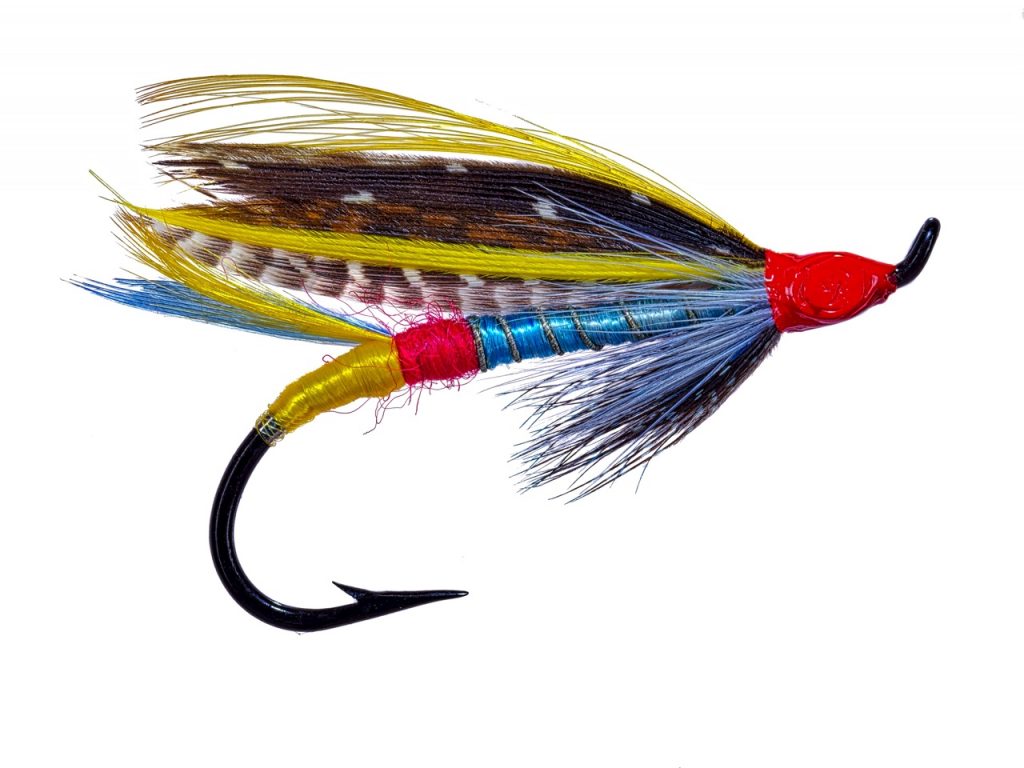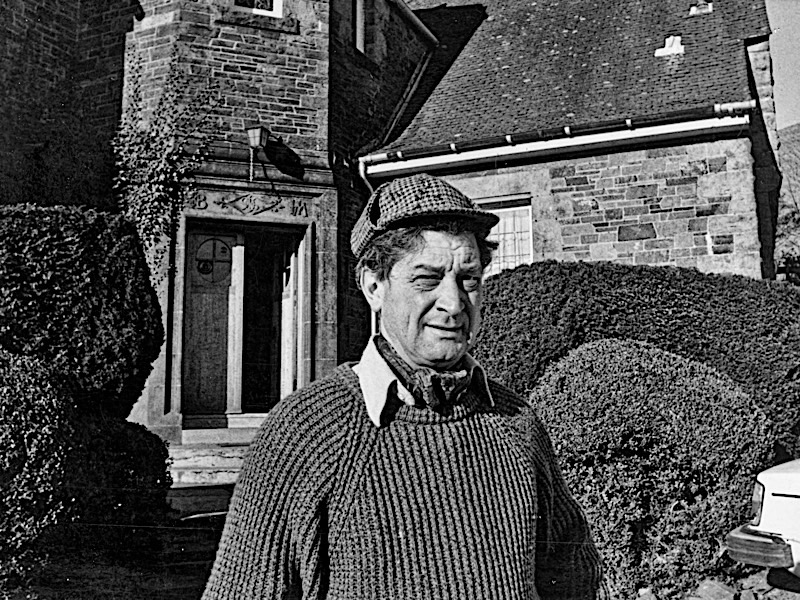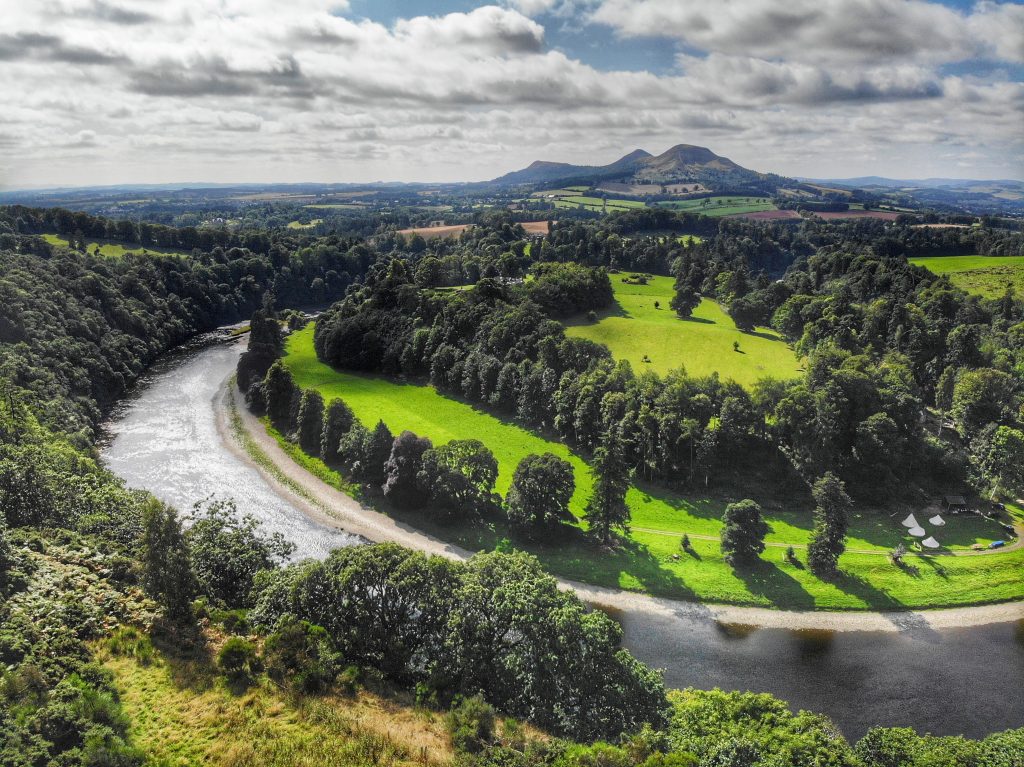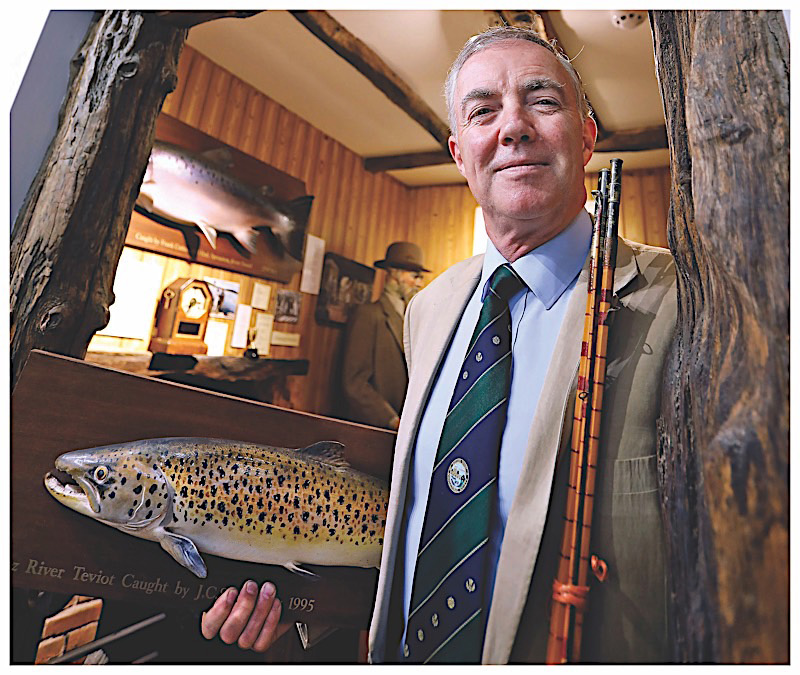Lockdown has opened the door to a high flying success story for entrepreneurs David Miller and Dave Foster.
As the business world slowed to walking pace because of the coronavirus emergency they moved into top gear with an innovative collaboration that has taken the fishing world by storm.
Using the latest digital technology they are producing intricate high quality versions of favourite fishing flies for printing on drinking mugs.
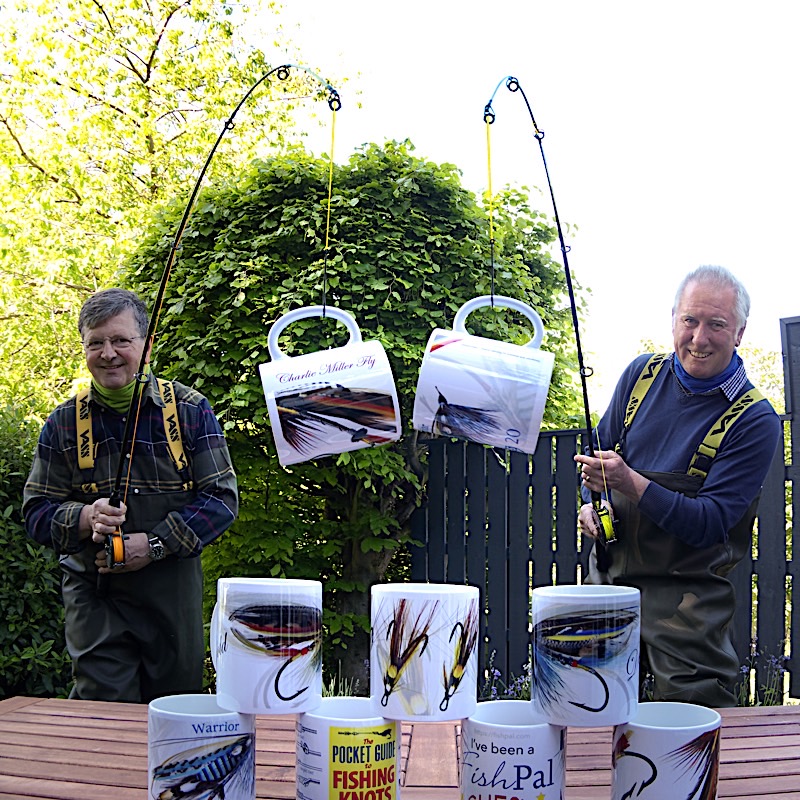
Aimed at salmon and trout fishing enthusiasts, orders have been pouring in to fishingmugs.co.uk from all over the world.
The idea received a major boost after catching the attention of Anne Woodcock, marketing manager for Fishpal in Kelso, an online booking and information system for all types of rod fishing.
“I got in touch after organising a fly tying competition to chase away anglers’ lockdown blues. We received almost 200 entries from all over the UK and the winner came from Scottish artist and avid angler Ronald Hutton who came up with a salmon fly, NHS Warrior. He had fused the colours of the NHS logo as a mark of respect to frontline health staff.
“The drinking mugs provide a perfect ‘canvas’ for NHS Warrior and proceeds from sales of those mugs will go to the NHS through Captain Tom Moore’s heroic fundraising drive,” said Anne.
At fishingmugs.co.uk, based in Co Durham, the Davids were only too pleased to be involved with Ranald’s efforts to raise cash and recognise the efforts of frontline workers. NHS Warrior is now part of the business’s growing gallery of fishing fly mugs.
“It’s amazing how quickly the idea has taken off. It started over a mug of coffee when I noticed Dave had produced artwork of his dog and his daughters’ own artwork onto mugs. They looked great and I asked him if he could do a mug for me featuring the Charlie Miller fishing fly that had been created by my dad.
“I was amazed at the finished result and asked for more using vintage Akroyd flies dating back to the 1800s. Again, the quality was top notch so we decided to have a go at creating a series of mugs using fishing flies in my collection to see if they would sell.
“Dave set up the website, photographed and enhanced the flies, then we had them printed on the mugs. That was in February and things have really taken off since then. We have been contacted by world-class fly tiers and fishing authors requesting us to design and reproduce bespoke fine art mugs from their creations,” said David, who was brought up in the Scottish Borders and has a life-long passion for angling.
Find out more at fishingmugs.co.uk
